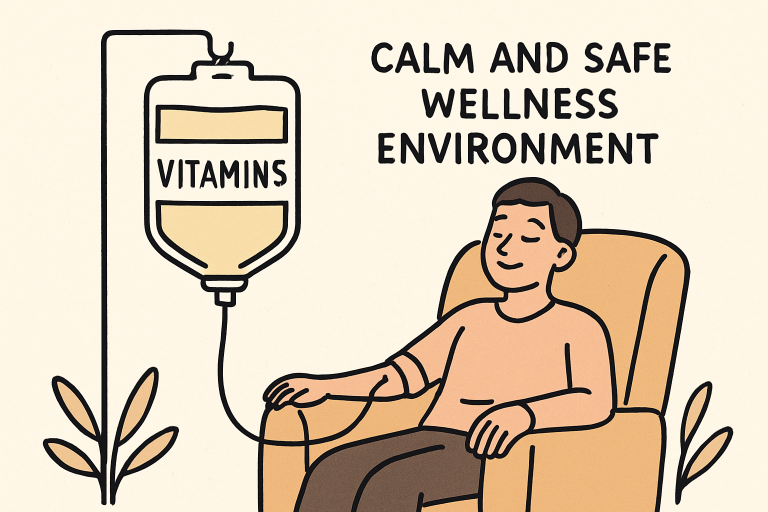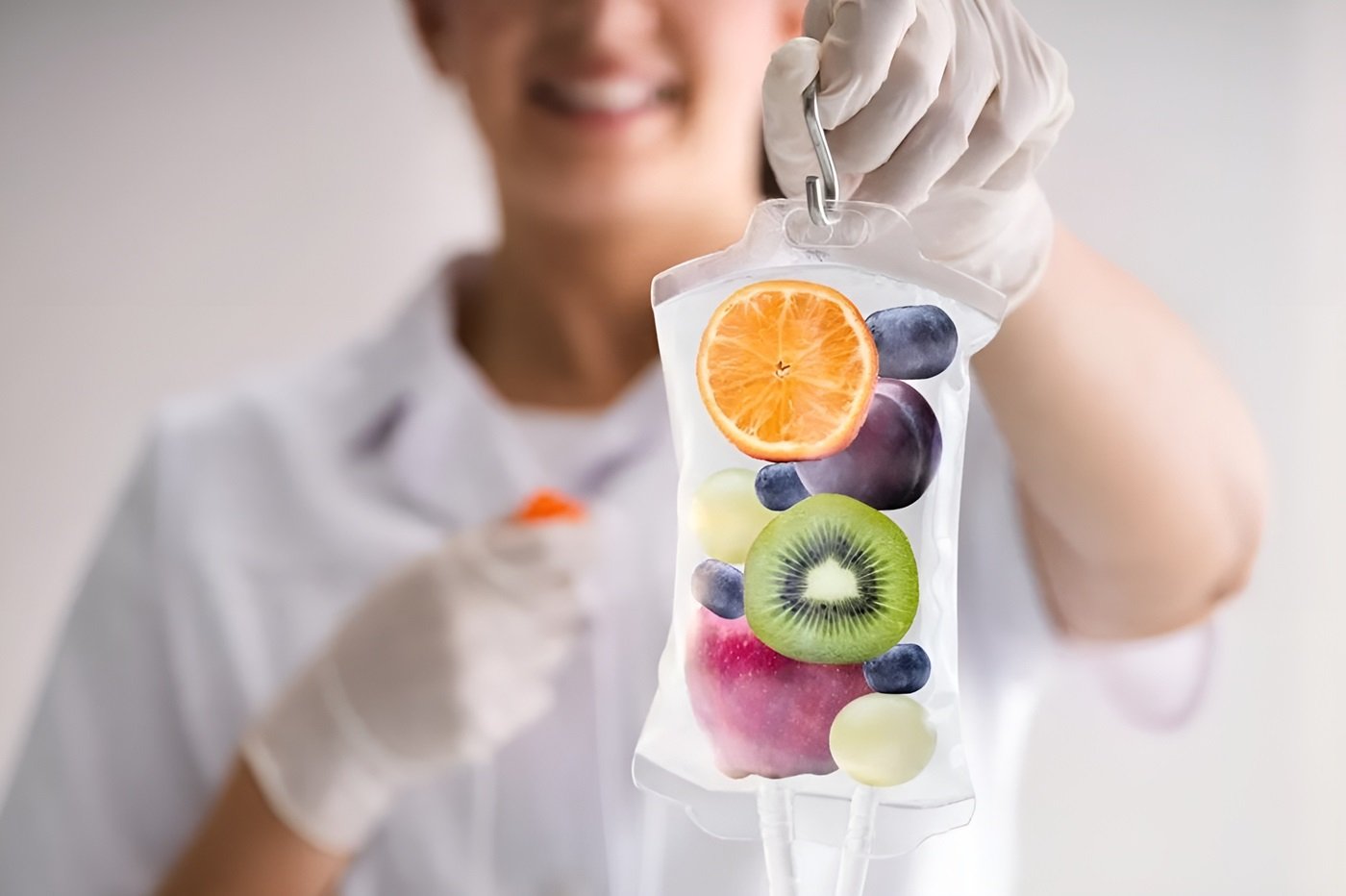Pursuing better health has always driven innovation in wellness trends, from fitness breakthroughs to nutritional supplements. In recent years, vitamin infusions—once reserved for hospital settings—have gained popularity as a quick way to boost energy, support immunity, and enhance overall vitality. Marketed as a fast-track solution for busy lifestyles, these intravenous therapies are now available in spas, clinics, and wellness centers. But as their popularity grows, many are beginning to ask: could vitamin infusions move beyond being a niche service and become a lasting staple in modern wellness?
Why Are Vitamin Infusions Trending?
The wellness industry is abuzz with talk of vitamin infusions—a treatment once reserved for hospital settings but now available at upscale drip lounges and through at home IV drips by licensed nurses. This direct-to-bloodstream delivery promises rapid absorption of vital nutrients and hydration, enticing everyone from busy executives to athletes and wellness influencers. More people are exploring this option for its reported energy boosts, enhanced recovery speeds, and increased immune support, hoping to gain an efficient edge in their daily pursuits.
This mainstreaming of vitamin infusions aligns with a growing demand for convenient, customizable wellness services. No longer solely the domain of celebrities or medical patients, IV vitamin therapy is now marketed to the general population. The promise of tailored treatments and the ease of professional administration—even in the comfort of home—have made these services more accessible than ever, further fueling their appeal.
The Science Behind the Drip
The rationale for IV vitamin therapy centers on bioavailability—how well nutrients are absorbed and utilized by the body. Delivering vitamins intravenously bypasses the digestive tract, potentially allowing for higher concentrations in the bloodstream, a benefit often cited in favor of infusions over oral supplements. This approach can be valuable in clinical contexts. Still, the effects of IV infusions for general wellness or enhancement remain the subject of ongoing studies. While anecdotal testimonials are compelling, science urges cautious optimism, noting that benefits seem clear for some clinical populations, while robust evidence for broader wellness benefits is still developing.
Personalized health profiles and specific goals—such as post-illness recovery or chronic nutrient deficiencies—play a significant role in whether IV therapy is appropriate. Seeking advice from a qualified healthcare provider is essential before beginning any supplementation regimen, especially given the nuanced nature of individual health needs and safety considerations.
Potential Benefits and Use Cases
The draw of vitamin infusions extends across diverse use cases. Many individuals turn to IV therapy for rapid hydration post-exercise, expedited recovery from hangovers, or immune system support during stressful or sick periods. Sports enthusiasts may benefit from targeted vitamin C or B-complex infusions to replenish what is lost during intense workouts. In contrast, others seek “wellness blends” for general rejuvenation and relief of fatigue. Still, experts caution that not every user will experience the same benefit level, and the needs—and outcomes—are highly individualized.
For a closer look at clinical perspectives and evolving practices, the Harvard Health Blog explores when infusions may be genuinely helpful and when they might add unnecessary expense without substantial health effects, particularly for those with already adequate nutrition.

Concerns and Considerations
Vitamin infusion therapy, while appealing, has potential drawbacks such as infection, allergic reactions, and overdosing on fat-soluble vitamins. Experts suggest that for healthy adults with balanced diets, the benefits of IV therapy may not outweigh these risks. Responsible clinics should require health screening and offer infusions under appropriate circumstances, emphasizing safety and informed consent. Vitamin infusions were initially used for patients with specific medical conditions that impair nutrient absorption. Still, for the general population, excess water-soluble vitamins are typically excreted rather than stored, raising questions about the necessity or advantage of high-dose vitamin drips.
What to Expect During a Vitamin Infusion Session
The process involves a consultation, personalization of a vitamin and mineral mix, an IV catheter infusion, and aftercare. It starts with a health assessment and discussion of personal goals. The nutrient-rich solution is administered over 30-60 minutes in a comfortable environment. Aftercare includes a rest period and hydration. The experience is generally low-risk, with clients often feeling refreshed or energized post-infusion.
Who Might Benefit Most?
Specific populations are most likely to see meaningful benefits from IV vitamin therapy. These include individuals with malabsorption syndromes such as celiac disease or Crohn’s, patients recovering from surgery or illness, and those with severe micronutrient deficiencies diagnosed by a physician. While some healthy adults enjoy occasional vitamin drips as part of broader wellness routines, medical professionals emphasize that ongoing, regular treatment without apparent clinical necessity is often unwarranted.
How to Approach Vitamin Infusions Safely
Prioritize medical oversight and transparency in your infusion process to ensure you receive appropriate care tailored to your unique health needs. Ensure your provider is credentialed, and a healthcare professional is involved. Disclose any allergies, health issues, or current medications. Ask detailed questions about the IV solution ingredients and dosages. Verify facilities follow strict hygiene and safety protocols.
Looking Ahead: The Future of Wellness Trends
The trajectory of vitamin infusions suggests they will remain an influential part of the ever-evolving wellness landscape. As interest continues to expand, so will the research and regulatory frameworks addressing their safety and efficacy for general wellness. Consumers should remain discerning, seek out accurate information, and consult qualified health professionals as they consider incorporating vitamin infusions into their wellness plans. Ultimately, personalized guidance is essential for making the best decisions for your body and lifestyle.








